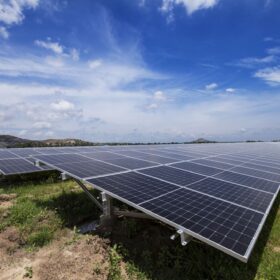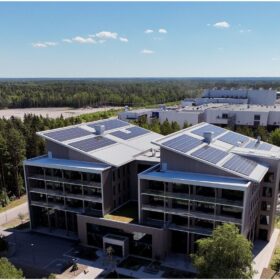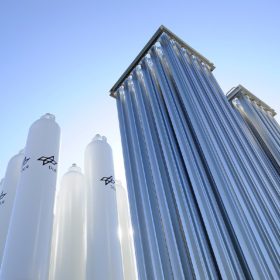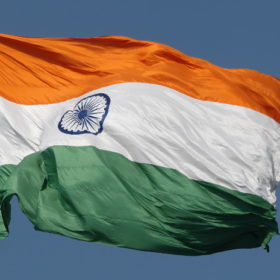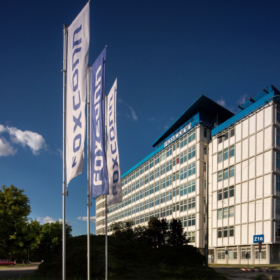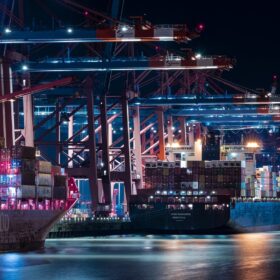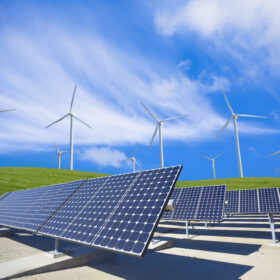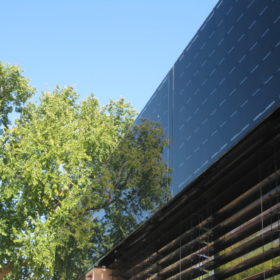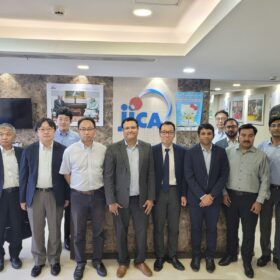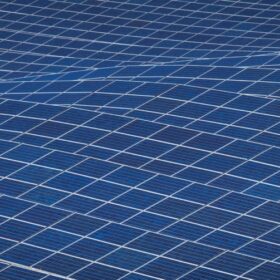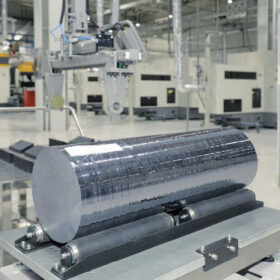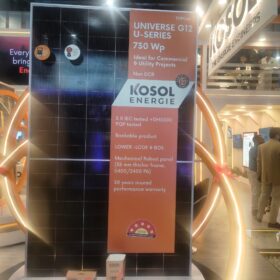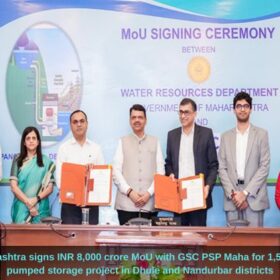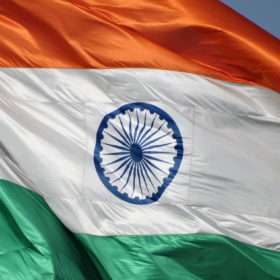Sembcorp lays foundation stone for green ammonia plant in Tamil Nadu
Singapore-headquartered Sembcorp has started construction work for its green ammonia plant that will initially produce 200,000 metric tonnes per annum of green ammonia for export to Japan.
Northvolt closes Cuberg’s ops, shifts lithium-metal battery R&D to Sweden
Three years after acquiring US-based Cuberg, Swedish battery maker Northvolt has decided to shut down the California unit and move future lithium-metal battery R&D to Sweden.
The Hydrogen Stream: SECI invites proposals to develop green hydrogen hub infrastructure
Solar Energy Corp. of India (SECI) has invited proposals to develop the core infrastructure required for setting up of green hydrogen hubs under the National Green Hydrogen Mission. Bidding closes on Oct.7.
Battery storage costs must fall by 15% per year to avoid new coal capacity additions after 2030 in India
If battery energy storage costs fall 15% every year on an average, it would enable India to potentially limit its coal capacity to the 14th National Electricity Plan projection of 260 GW by 2032, says a new report by global think tank Ember and TERI.
Foxconn mulling battery energy storage unit in India
Taiwanese electronics manufacturer Foxconn (Hon Hai Technology Group), which is working on lithium ferro phosphate (LFP) and solidstate batteries, is exploring production of electric vehicles and battery energy storage systems in India.
US tariffs on solar cells remain, volume increases
The administration of US Presiden Joe Biden has issued a proclamation stating that the tariff rate quota of 14.25% on solar cells will remain, but the volume will increase from 5 GW to 12.5 GW.
India 2024-25 budget: A strategic and holistic focus on energy sector
India’s 2024-25 budget reflects a strategic and holistic approach to the energy sector, emphasising sustainability, innovation, and energy security. By promoting pumped storage, advancing nuclear technology, transitioning to emission targets, and supporting renewable energy and energy efficiency, the budget lays a strong foundation for a sustainable and resilient energy future
Sustainability: A non-negotiable reality for long-term business growth
By proactively embracing more sustainable practices and aligning themselves with global sustainability goals, companies can ensure their continued viability and contribute to a healthier planet. The journey towards sustainability may be complex and challenging, but it is an investment that will yield significant returns in the long run.
The Hydrogen Stream: Hygenco signs MoU with Mitsubishi Power for green hydrogen-fired GTCC power plants
Hygenco Green Energies and Mitsubishi Power have joined hands for delivering green hydrogen-/ammonia-fired gas turbine combined cycle (GTCC) power plants. Hygeno will develop and deploy green hydrogen and green ammonia production assets to supply green fuel for Mitsubishi Power’s GTCC technology to the potential customers.
Optimizing renewable energy project in the face of climate change
Stable government policies, adaptable technological solutions, diversified investments, robust financial planning, and active community engagement are crucial for achieving long-term success in the renewable energy sector.
